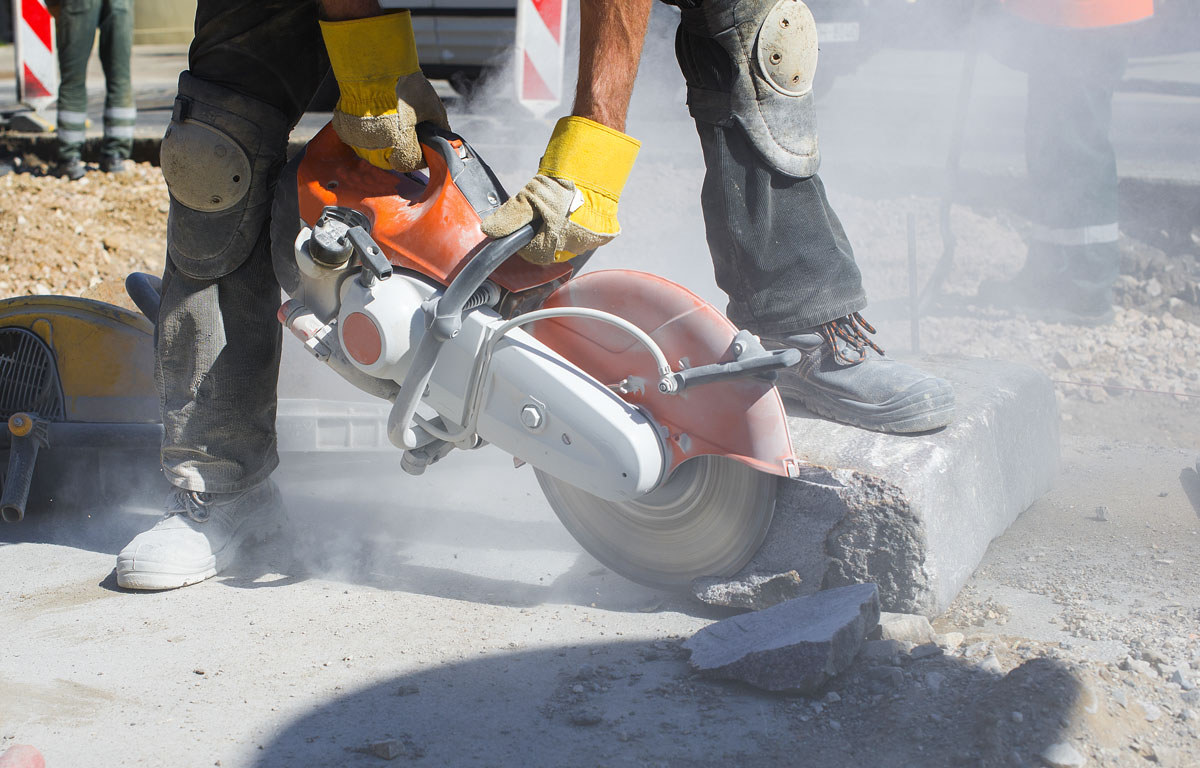We design and build various structures using concrete because we need its strength. Pouring concrete allows for it to take virtually any shape we need it to and its strength is in its solid form. The weak links in other materials like the mortared joints in masonry and fasteners like nails and screws in wooden and metal structures are not needed. Concrete structures are indeed solid literally. But these structures are affected by the same outside forces that affect all other types of structures. Since concrete is ridged, it lacks flexibility and therefore is more prone to crack or break in response to outside forces like soil settlement as well as interior issues such as rebar corrosion.
Epoxy injection is a very economical option to repair these non-moving cracks (not control or expansion joints) that have occurred in concrete structures like walls, slabs, piers, columns and equipment foundations. This method of repair can restore the concrete to its pre-cracked strength. Just make sure you determine the cause of the cracking to make sure cracking will not happen again.
If the cause of the cracking is due to expansion of the rebar due to corrosion, you’ll want to remove the cracked areas and the address the rebar and apply an appropriate repair. However, if the cracking is determined to have been caused by impact, settlement, fire, excessive vibration or equipment failure, injection might be your best and most affordable option. After you fix the cause, you’ll be able to make the repairs to your structures.
Here is the basic process:
Step 1: Install surface mount ports.
These ports are glued onto the concrete surface using a gel epoxy. Position the port over the crack and make sure you don’t cover the crack directly under the port. This is where you’ll pump the injection epoxy into the crack.
Step 2: Paste over the crack between the ports you’ve installed.
This will keep the epoxy liquid from coming out of the crack and force it deeper into the structure.
Step 3: Inject the crack.
The most common method here is to use a cartridge that mixes the epoxy liquids just before injecting through the port and into the crack. Repeat the process from port to port.
Make sure you follow the instructions from the manufacturer of the materials you select. Each will have their own method tailored to specific ports, paste gel times and injection resin viscosity.





Share this: